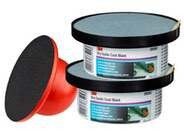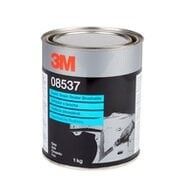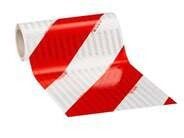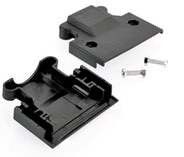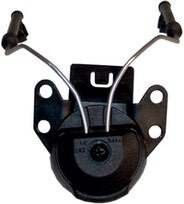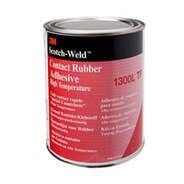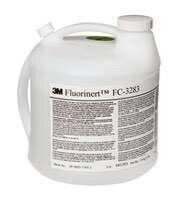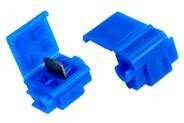Sailing yacht care: maintenance in the spring
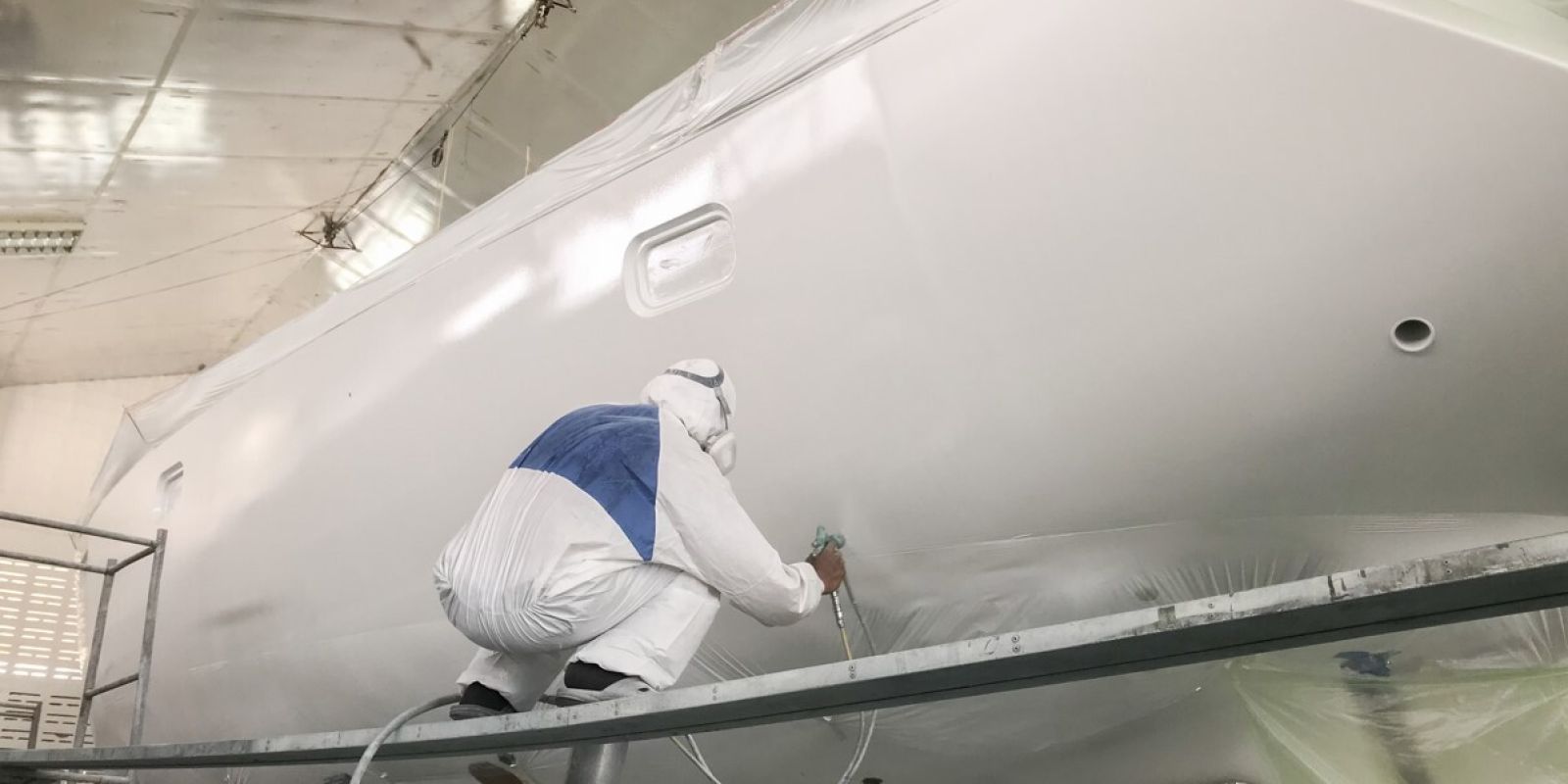

With the arrival of spring, it is time for all yacht owners to take care of the maintenance of their beloved ladies. This article will detail the most important spring care and maintenance steps of any, allowing you to get your yacht ready for the season in the best possible condition.
When we feel the arrival of spring, not only does nature come to life, but also the maintenance of our yachts comes to the fore. Yacht maintenance is not just a necessary chore, it's the process of restoring your vessel to its former glory, ensuring safe and enjoyable sailing for the season ahead.
From algae removal to boat cleaning, polishing, and varnish protection, each step helps to ensure that your vessel is in the best possible condition for the new challenges ahead. Spring is a particularly important time for boat maintenance and preparation, as it allows us to thoroughly inspect and prepare our boats for the season.
Spring maintenance is therefore not only about improving the aesthetic appearance of the yacht but also about long-term protection and extending the life of the boat. Well-planned and executed spring maintenance is the cornerstone of boat care, essential for a smooth sailing season.
Spring preparations
Whether it's a sailing yacht or a powerboat, spring maintenance is essential for safe and trouble-free sailing. To do this, you first need to gather the necessary tools and materials, such as different types of paints, foils, care products, boat adhesives, sanders, and polishes. Choosing the right tools is key, as quality materials can make your boat not only look better but also more durable.
At the same time, we must not forget to observe safety regulations. Wear appropriate protective equipment such as goggles and gloves during maintenance work, especially when using chemicals. This not only protects your health but also increases the efficiency of your work.
A well-prepared maintenance with the right tools is the perfect basis to get the most out of the coming sailing season.
Maintenance of underwater parts
The maintenance of underwater parts during the care of a vessel is critical to preserve its integrity. Cleaning procedures should be a priority during spring preparation. This includes the removal of algae and coral debris, for which the use of special tools and materials (such as algaecides) is recommended. This is followed by the application of anti-fouling coatings, which provide long-term protection against microorganisms and other organisms.
The importance of inspection should not be forgotten looking for cracks and dents can be vital. These checks can help to detect problems early before they cause serious damage.
Deck and equipment
Cleaning the deck is essential, as it not only improves the aesthetic appearance of the vessel but also protects its structural integrity from damaging salt deposits and other contaminants in the long run. When polishing a hull, we not only aim to restore its original luster but also form a protective layer that makes the surface more resistant to the elements.
Careful inspection of windows and deck fittings can often reveal hidden problems such as aging seals or rust, which if addressed in time can prevent major damage.
Last but not least, a review of safety equipment such as life jackets, fire extinguishers, and beacons is essential, as is a check of anti-slip tapes to ensure the safety of all on board in all conditions.
Engine and interior
Yacht care doesn't stop at the visual elements, checking and maintaining engines and propulsion systems is an essential step towards a trouble-free season. And don't forget a thorough check of the electrical system, as a small fault can cause serious problems.
The cleanliness and hygiene of the interior also require special attention, especially because of the humidity that is typical of aquatic life. When disinfecting, use environmentally friendly products to maintain the balance of the aquatic ecosystem.
Last but not least, air conditioning and refrigeration systems should be maintained. Thorough inspection and maintenance is the key to a smooth and enjoyable boating season.
Maintenance of electronic devices
For professional sailors and weekend boaters alike, their electronic equipment must be in perfect working order. Therefore, special attention should be paid to updating navigation and communication equipment during spring maintenance.
Checking and maintaining batteries is also essential, as they provide power for on-board activities. Outdated or weak batteries can not only reduce the vessel's ability to operate but can also pose a hazard.
Finally, carrying out fault diagnostics and software updates will ensure that the vessel's electronic systems are up-to-date and working optimally. This type of maintenance allows owners to enjoy their cruise in peace of mind and safety, knowing that all electronic components are working to the highest standards.
Spring maintenance is not just a task, but a long-term investment that is key to reliability and value retention. Regular boat maintenance can keep your boat in top condition, avoiding unexpected breakdowns and expensive repairs.
More articles
Flanker Plusz Kft.
Contact Details
Boti Street, 100.










